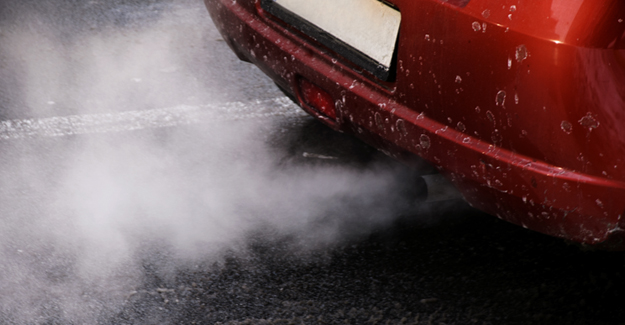Government blames gap between lab results and real-world emissions from diesel cars
The Supreme Court has ordered the UK government to come up with plans on how the UK will comply with EU limits on how much nitrogen dioxide there is in the air.
The Court says the proposals must be submitted to the European Commission by 31 December this year.
In response the Department for the Environment, Food and Rural Affairs said it was already aiming to meet this deadline. It also said that average concentrations of NO2 had fallen 15% since 2010.
The department blamed the non-compliance on the failure of Euro emission standards for diesel cars “to deliver expected reductions in NO2 in real life situations.”
Professor Stephen Glaister, director of the RAC Foundation, said:
“This ruling puts air quality right at the top of the political agenda. Transport adds to the pollution but before we demonise all diesels as dirty we need to look at what difference the age of a vehicle makes and whether some types of vehicle are dirtier than others.
“How much progress we make in cleaning up our towns and cities depends on how accurate the new environmental test cycle for vehicles will be. The outgoing lab-based system has been found to be a far from reliable indicator of what happens on the road.”
In 2014 the RAC Foundation published a report written by Ricardo-AEA called Air Quality and Road Transport which said:
- transport accounts for about 30% of NO2 emissions and 20% or particulates
- the UK is largely complying with EU limits on particulates though these standards are less stringent that World Health Organisation Guidelines
- Heavy duty trucks and buses are the main sources of NOx emissions, which contribute to NO2 concentrations, but in absolute terms this has been reducing
- Diesel cars are now the second-largest source of NOx emissions and this source has grown rapidly over the past 15 years
- Diesel vehicles are also the main source of PM emissions when it comes to road transport, but the difference in relation to petrol vehicles is much less than for NOx as PM emissions are also generated by brake and tyre wear


